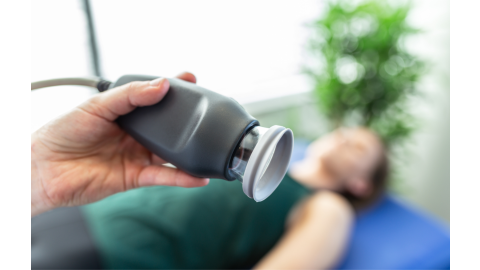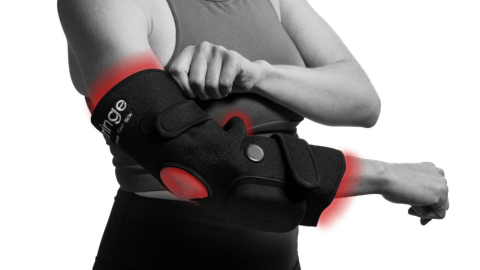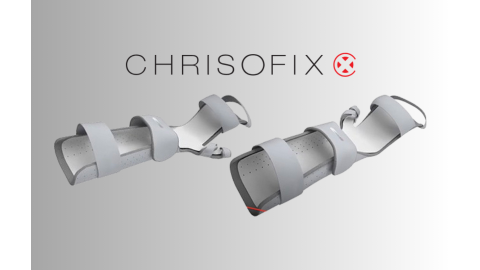While many exercise enthusiasts have found new ways to get moving during the COVID-19 pandemic, others are desperate to get back to the gym. In addition to providing the appropriate cleaning supplies, many gyms and group fitness studios have prepared their facilities to maintain safe physical distancing. Other safety measures that gyms have taken include reduced group classes and business hours to allow more time for cleaning.
To help reduce the risk of exposure to infection, we’ve come up with a few tips and must-have products that can keep you safe while returning to the gym!
What Gyms Are Doing to Keep Safe
We’ve come up with a few tips to keep in mind as you’re returning to the gym. Many fitness studios and gyms are implementing various protocols and state restricted guidelines to maximize cleaning efforts.
Learn more about what your gym has done during the closure and what policies have been put in place for your safety, as well as the safety of its employees. You can generally find this information on the club’s website or social media channels. Review capacity limits and if reservations are needed for group fitness classes.
Be mindful of close-contact areas to ensure safe distancing. Remember to maintain 6 feet of distance between you and others in the locker rooms, free-weight areas, weight equipment, cardio machines, and group fitness studios. Most facilities have restricted access to some of the equipment to help maximize safety.
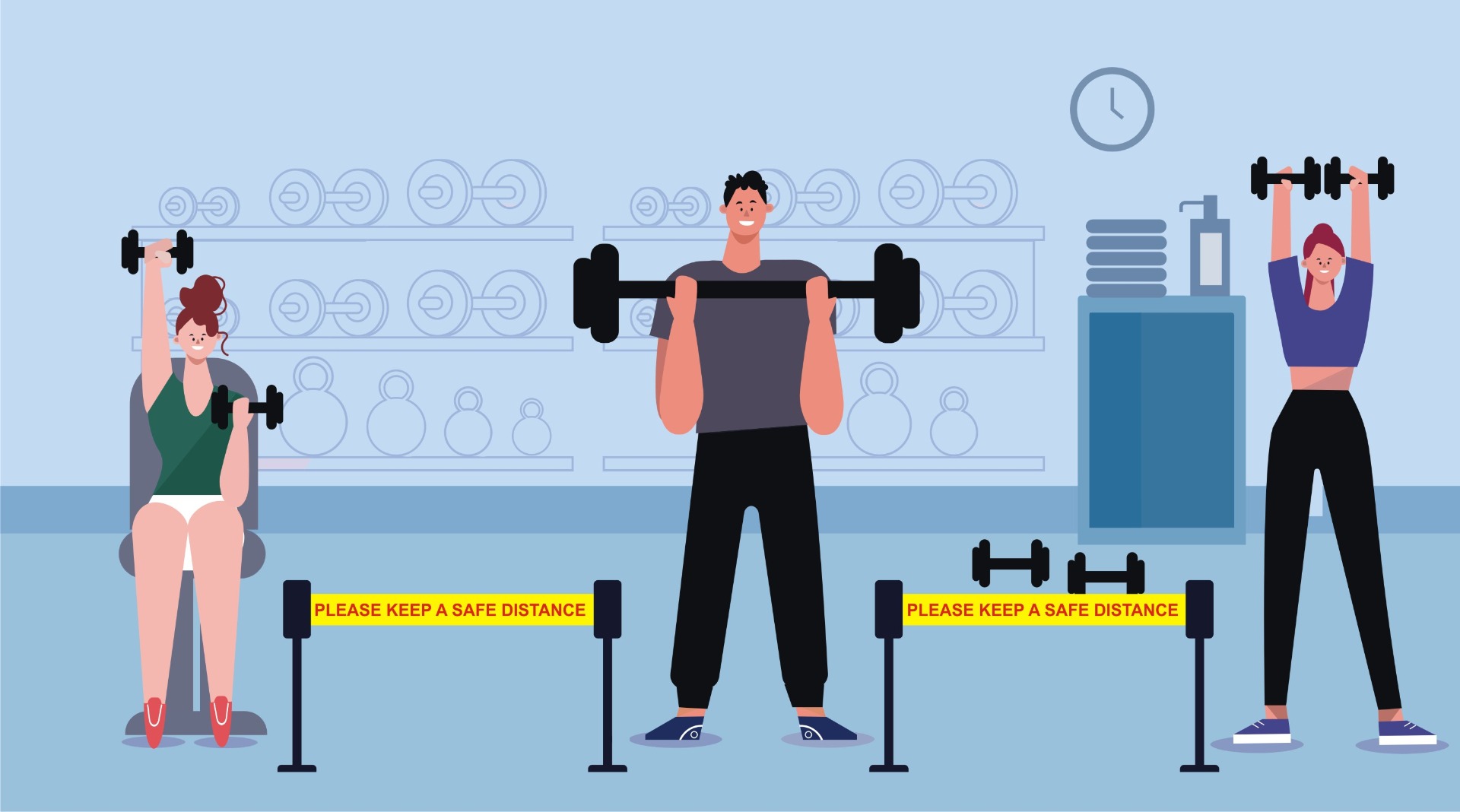
In addition to wearing a face mask, some facilities may require body temperature checks using a non-contact thermometer. Make sure your gym is assessing all members for active symptoms of COVID before allowing them to enter.
Wipe down the fitness equipment before and after use with disinfecting wipes or sanitizing spray. It may be harder to sanitize some equipment, such as foam rollers, resistance bands or yoga blocks, so it is best to avoid them. Instead, we suggest bringing your own equipment.
5 Must-Have Supplies to Bring With You
- Face Masks: Many fitness studios and gyms are either requiring or highly encouraging members to wear face coverings. To promote good airflow and breathability during exercise, purchase a cloth face mask with skin-friendly, stretch fabric. The mask must be worn at all times, including when entering and exiting the facility, in between machines and exercises on the gym floor, cleaning, and while in the locker room. Some facilities allow the mask to be removed while actively working out but other cities require masks to be worn even when working out. So, be sure to check with your location.
- Disinfectant Wipes: Most gyms should have sanitizing stations with disinfectant wipes. However, you can also bring your own pouch of disinfecting wipes to sanitize machines and equipment before and after use. Bringing your own wipes eliminates touching the spray bottles at each sanitizing station.
- Hand Sanitizer: You will find increased sanitization stations throughout the gym, fully stocked with disinfectant spray and hand sanitizer. In addition, it might be helpful to bring your own hand sanitizer with at least 60% alcohol content. The CDC also recommends washing your hands frequently for at least 20 seconds after you’ve completed your workout.
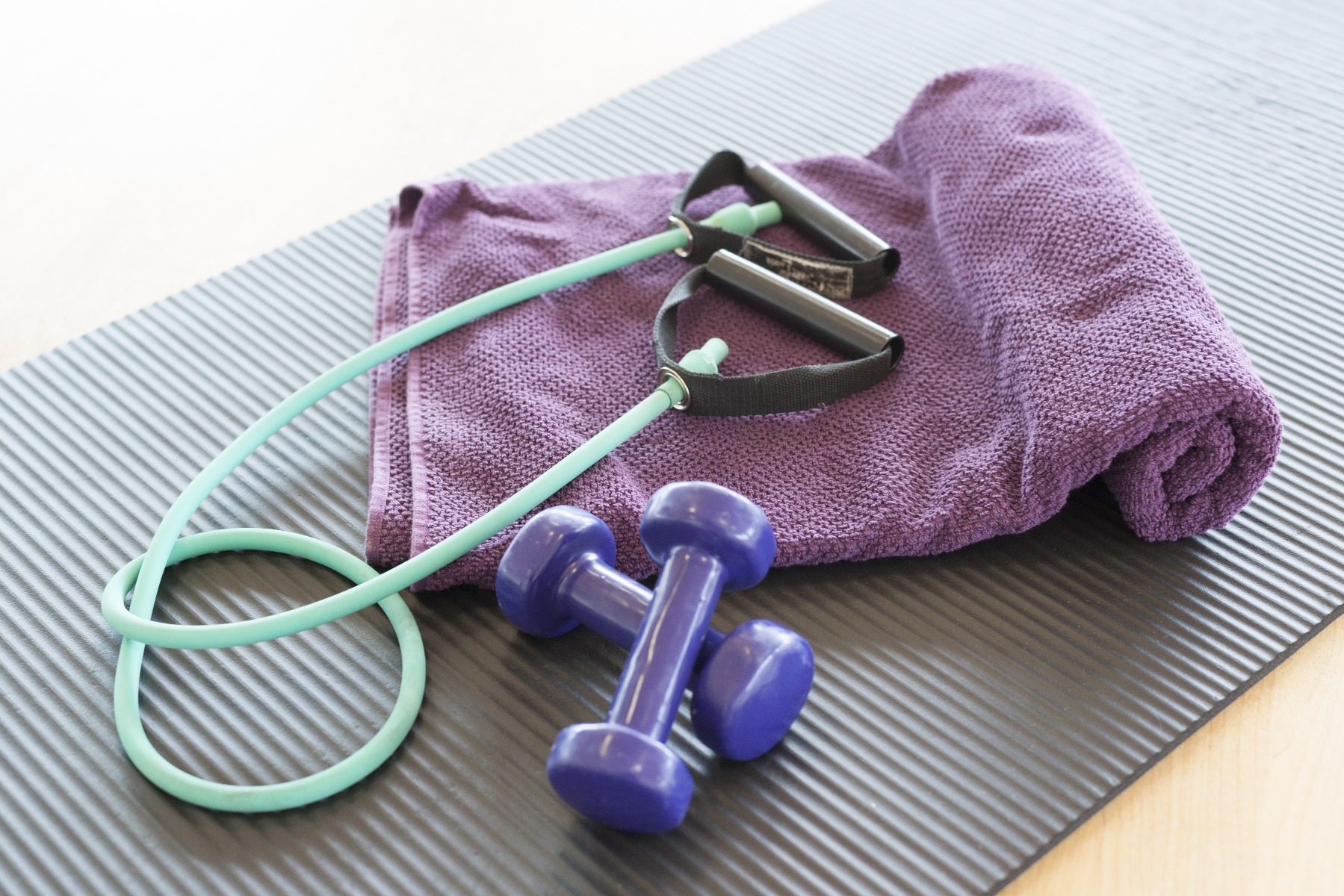
- Water Bottles: To prevent yourself from using a water fountain, it is recommended that you bring your own reusable bottle or purchase a beverage, if the gym has any available
- Portable Gym Equipment: Some facilities have restricted the use of shared equipment such as floor mats, foam rollers and towels. Bring your own workout mat to the gym to avoid germ exposure. Using your own portable equipment in the gym allows you the flexibility to do your exercises even when the equipment provided at the gym is currently being used, and it makes for easy cleanup.
Try this Outdoor Cardio Workout!
Whether you’re uncomfortable returning to the gym or still trying to decide, we’ve come up with a few cardio exercises that help elevate your heart rate and burn quick calories.
Once an exercise is completed, you have 15 seconds of rest. For a more effective workout, perform these exercises 3 times each with 1 minute of rest after each circuit. To increase difficulty, we’ve provided some modifications using resistance bands. To decrease difficulty, modify the suggested repetitions.
|
|
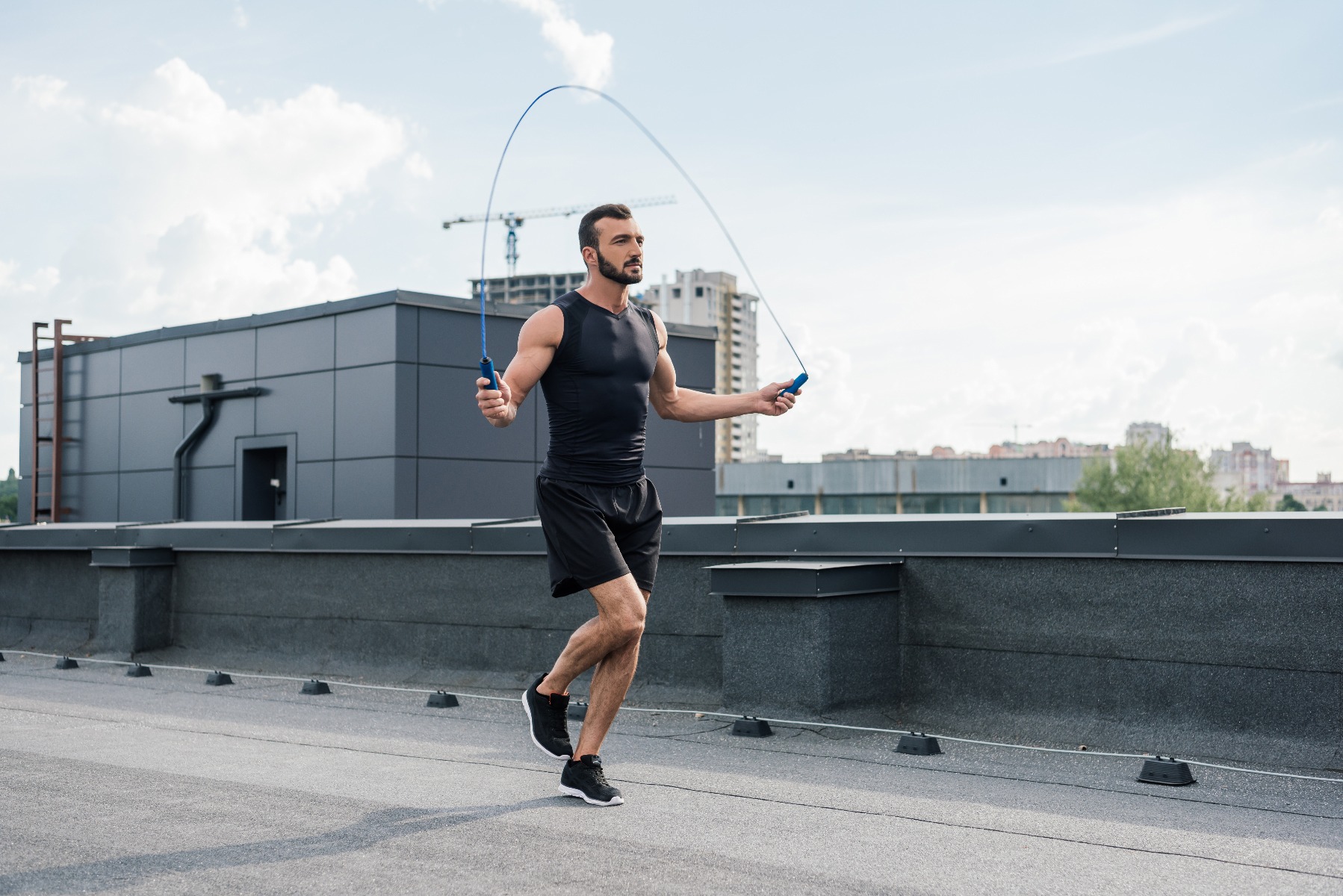
Grab a handle in each hand and start with the rope behind you, so it's right at your heels. To get the rope moving, gently rotate your forearms forward and then your wrists to generate momentum and swing it overhead. As the rope swings up overhead, bend your knees slightly. Once you see the rope passes your shins, jump by springing from your toes. As you hop, be sure to stay on the balls of your feet. Modification: If you do not have a jump rope available, perform 45 seconds of high knees. Stand with your feet hip-width apart. Lift your left knee to your chest and switch to lift your right knee to your chest. Continue the movement, alternating legs and moving at a sprinting or running pace. |
|
|
|
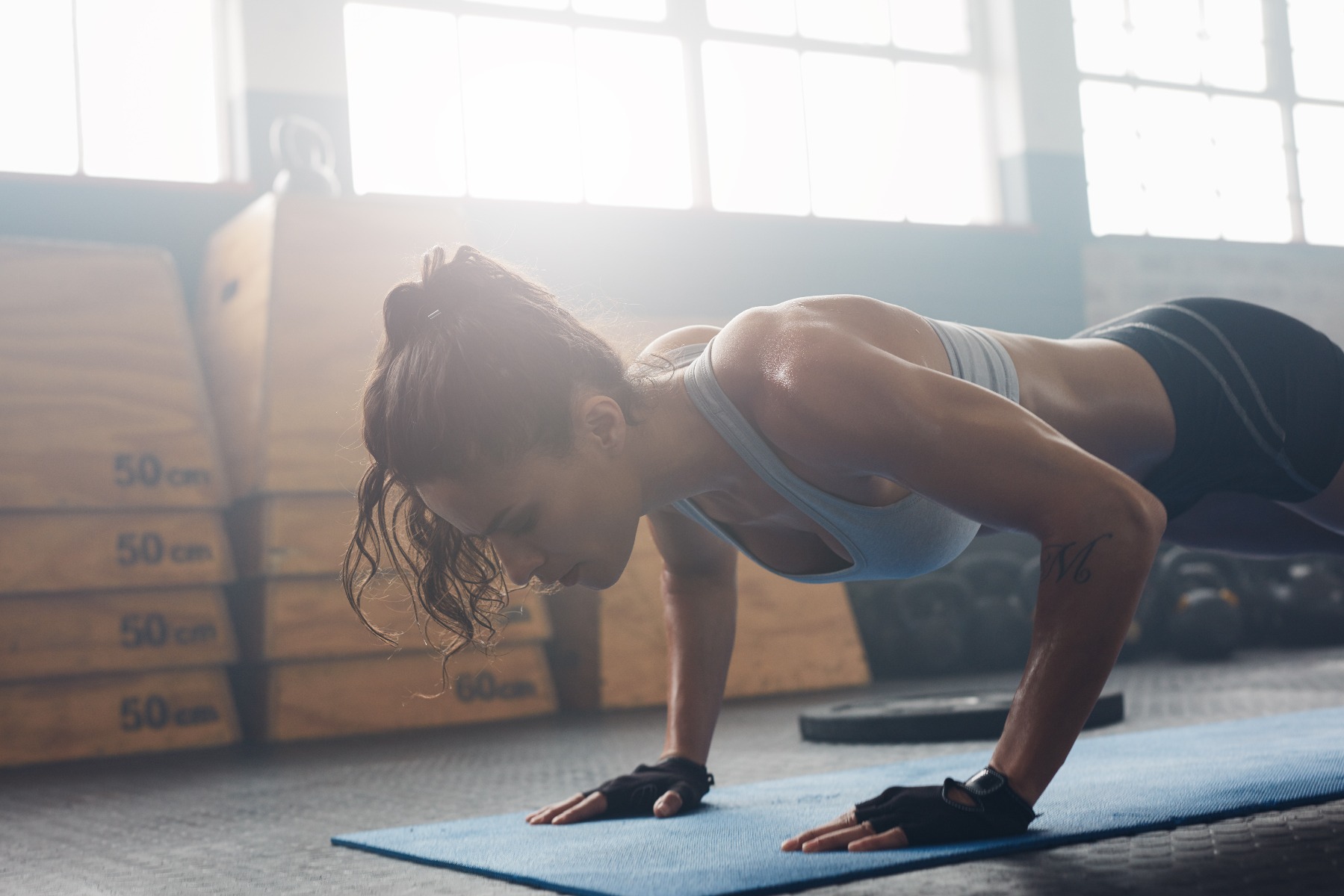
Begin with your chest and stomach flat on the floor. Legs should be straight out behind you and your palms should be at chest level with the arms slightly bent. Push from your hands and balls of your feet, bringing your torso, chest, and thighs off the ground. Pause for a second in the plank position — keep your core engaged. Slowly lower back to your starting position Modification: Grasp a CLX resistance band and place it around your back and under your arms (to avoid chafing). Place the palms on the floor with the band wrapped around the hands |
|
|
|
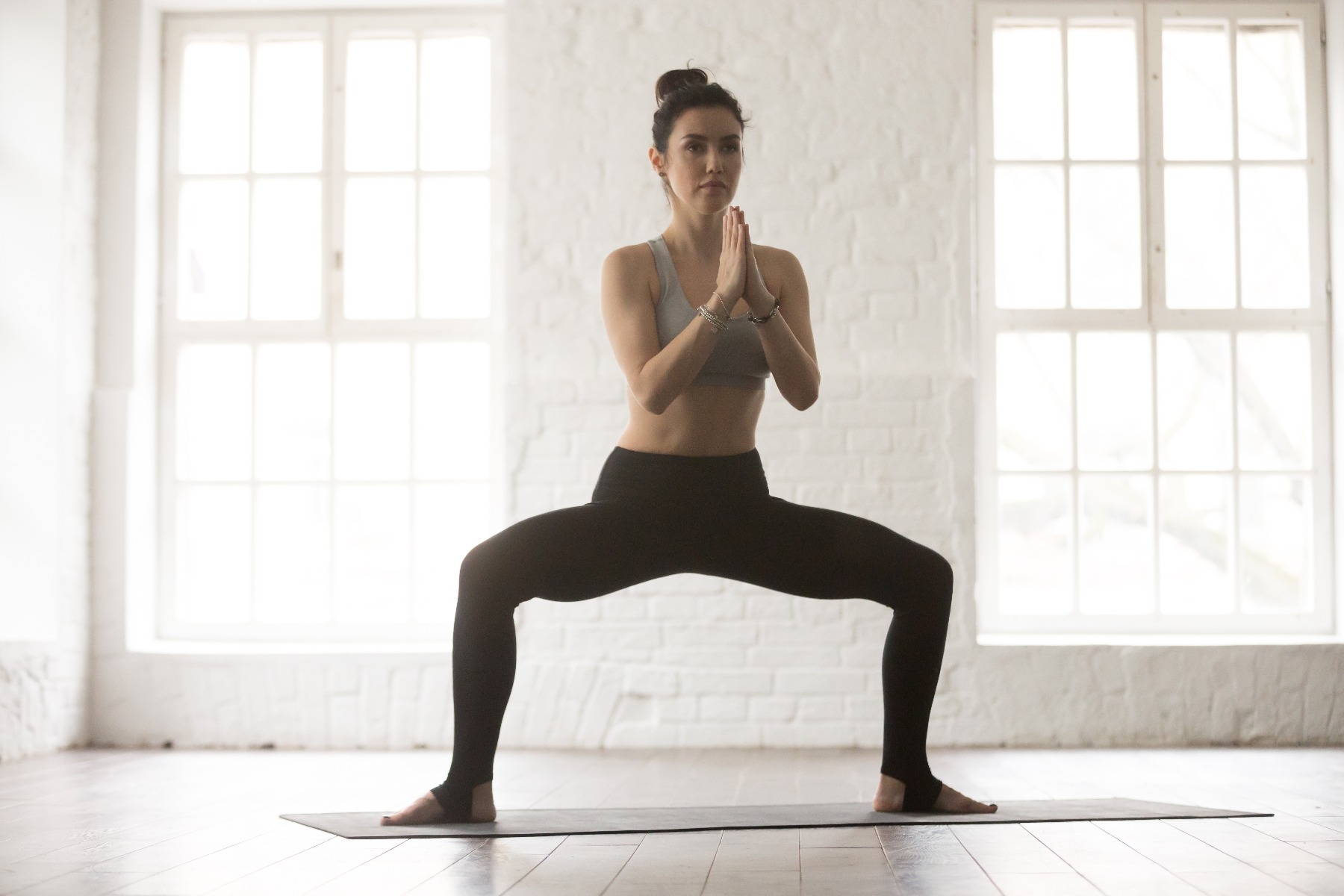
Stand with feet facing forward, chest proud, and knees slightly bent. Take a wide stance with your feet wider than your hips, and toes slightly turned out. Lower into a deep squat for 5 seconds, keeping the spine straight and the weight on your heels. Return to standing by pushing the heels into the ground and engaging your glutes Modification: Use a loop resistance band, place the band just above your knees |
|
|
|

Start in a squat position with your knees bent, back straight, and your feet about shoulder-width apart. Lower your hands to the floor in front of you just inside your feet. With your weight on your hands, kick your feet back so you’re on your hands and toes, and in a pushup position. Keeping your body straight from head to heels, do one pushup. Do a frog kick by jumping your feet back to their starting position. Stand and reach your arms over your head. Jump quickly into the air so you land back where you started. As soon as you land with knees bent, get into a squat position and repeat. |
|
|
|

Lie on your back and bend both knees into your chest, hands clasped behind your head. Find a focal point to the left and right of your body. Look at those two focal points as you twist and crunch to each side, reaching your right elbow to your left knee, and vice versa. |
|
|
|
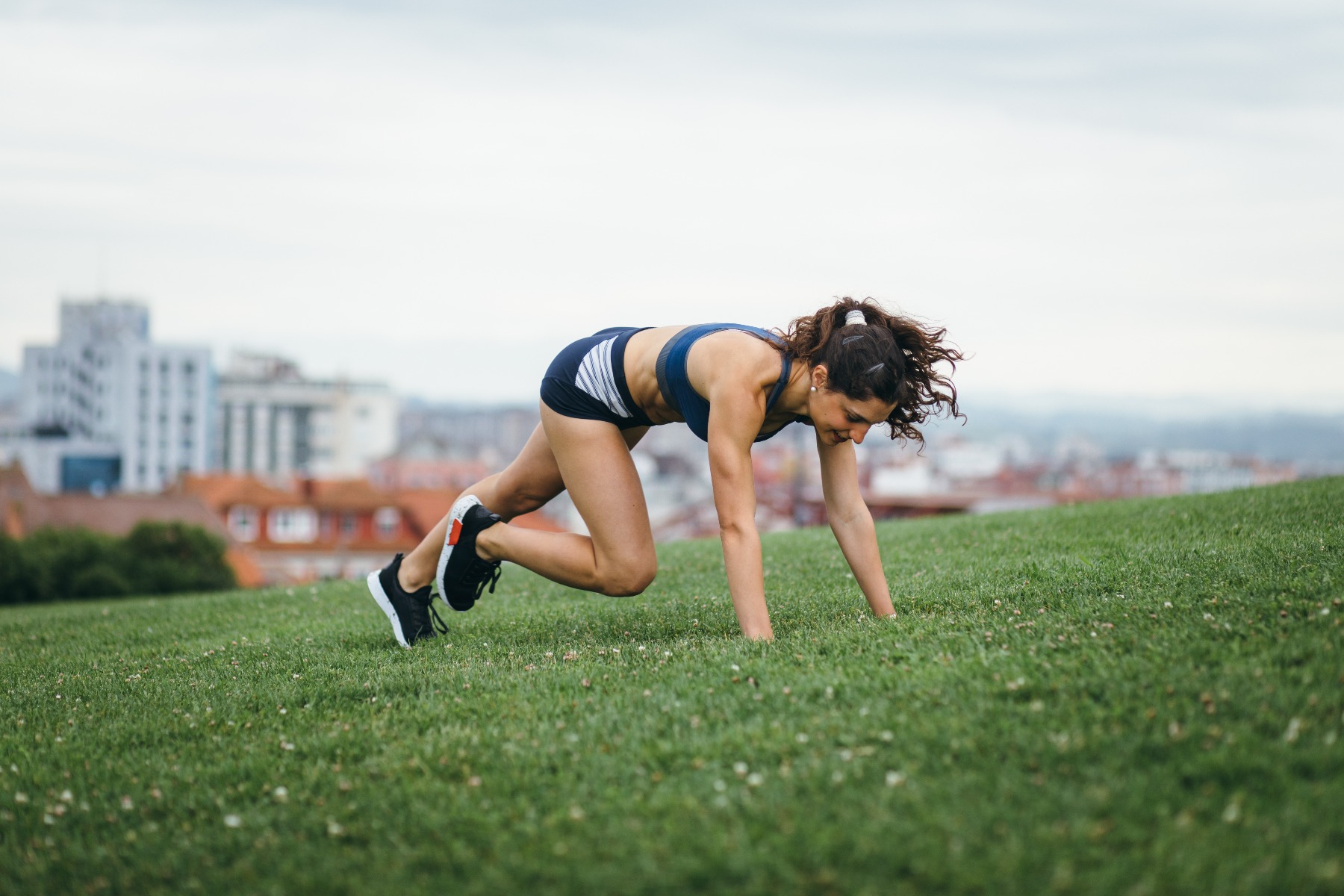
Start in a traditional plank with your shoulders directly over your hands and wrists. Be sure to keep your back flat and your butt down, maintaining a neutral spine. Engage your core and lift up your right knee, bringing it toward your elbow. Return the right knee to the starting position as you simultaneously drive your left knee up toward your left elbow. Return to the starting position. Continue switching your legs until it feels like you're "running" in place in a plank position Modification: With a loop resistance band around your feet, assume a plank position. Incorporating a band makes the move slower and more intentional, which helps build strength in the hips |
|
If you're not ready to head back to the gym...
If you are uncertain about returning to the gym due to underlying health conditions, or concerns about being in frequent contact with others, take your time in returning. Keep in mind, there are other ways to stay active such as the cardio workout mentioned above.
It has never been easier to find at-home exercise options to help reduce your risk of exposure. Try going for a walk in your neighborhood or ride a bike at the park. Download an exercise app, watch videos on YouTube or live-streaming classes. Ask your gym how they are supporting members who prefer to workout at home. Remember to stay safe and do what's right for you.
References
- Murphy, Jen. (2020). As Gyms Reopen, Is It Safe to Go Back for Your Workout? AARP: Healthy Living. Retrieved from https://bit.ly/31DIzfX
- Smith, Jessica. (2019). The Best Outdoor Workouts and Outdoor Exercises to Mix Up Your Routine. Shape. Retrieved from https://bit.ly/3gyZSmy
- Anonymous. (2020). Covid-19 Employer Information for Gyms and Fitness Centers. CDC: Centers for Disease Control and Prevention. Retrieved from https://bit.ly/3b0n5Nj
Medical Disclaimer: The information provided on this site, including text, graphics, images and other material, are for informational purposes only and are not intended to substitute for professional medical advice, diagnosis or treatment. Always seek the advice of your physician or other healthcare professional with any questions or concerns you may have regarding your condition.



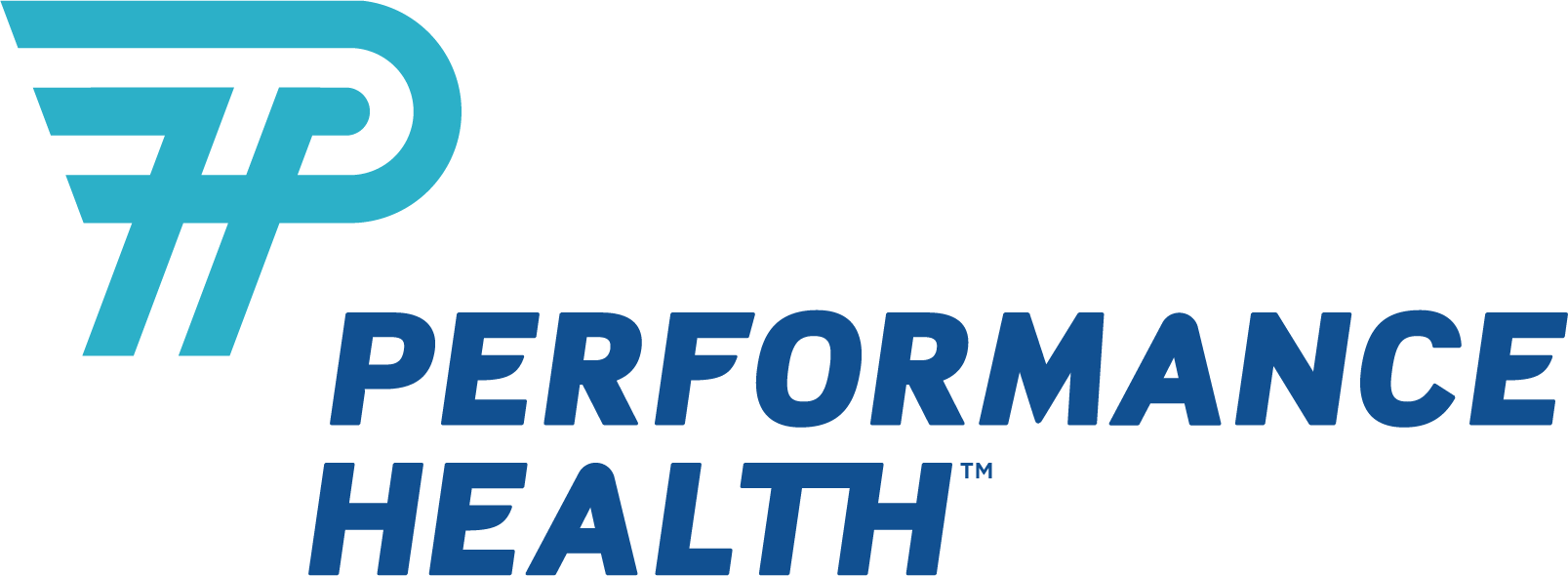






 France
France Australia
Australia






